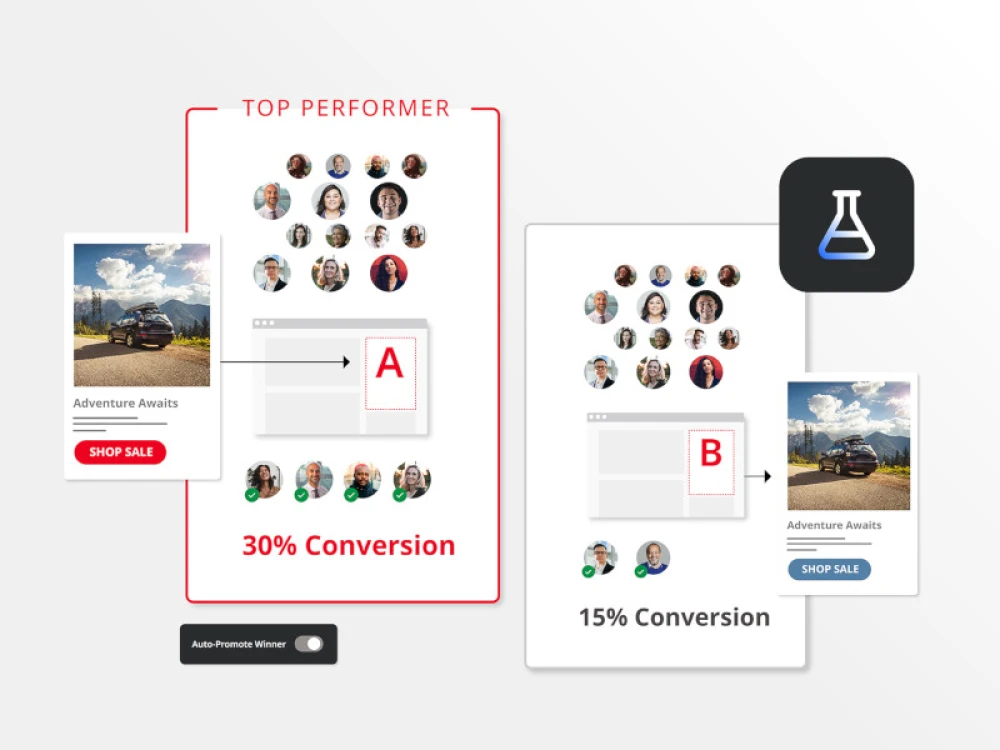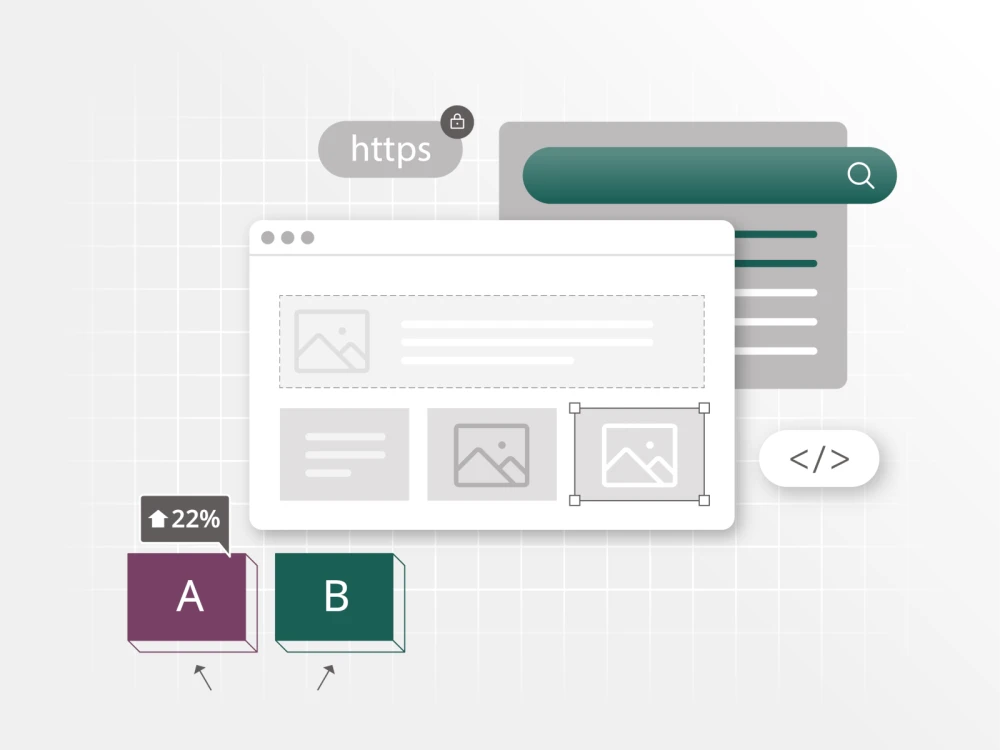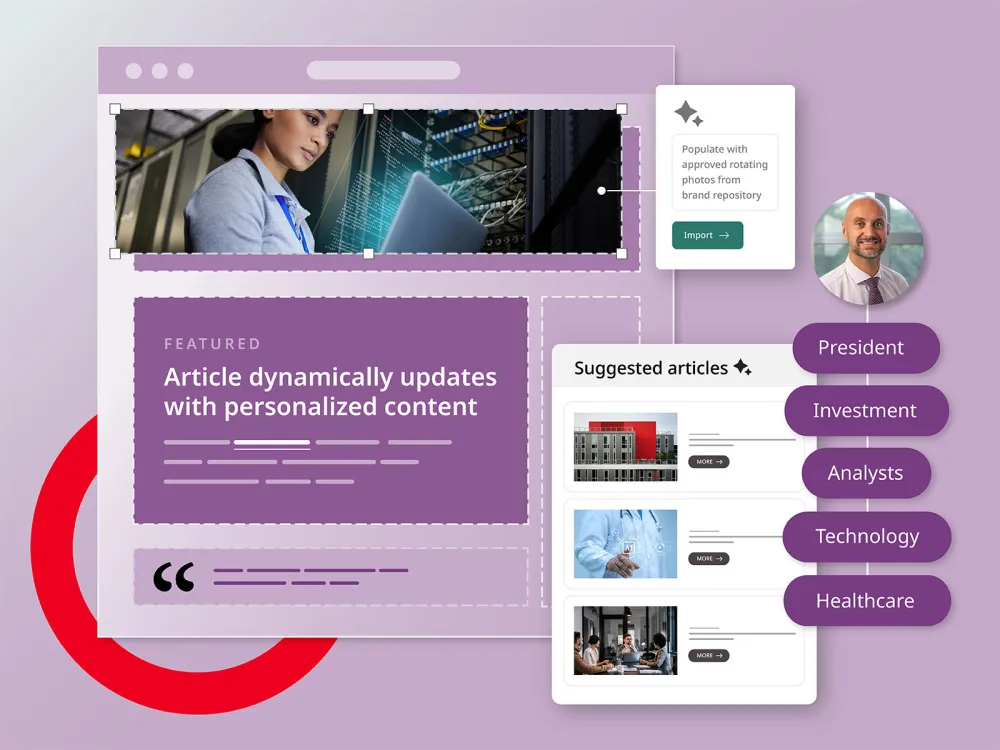Higher education organizations face the same challenges as commercial businesses: pressure to attract the best customers (aka, students), a competitive global marketplace, resource constraints and the need to modernize aging, disparate legacy systems.
At the university level, these pressures are intensified by heightened competition for international students, rising expectations for seamless digital services and the need to integrate physical and online learning within complex operational structures.
Here, we look at how three institutions — Utah’s Brigham Young University (BYU), the U.K.’s University of Exeter and Ohio’s Kent State University — are tackling these challenges and building digital environments that serve their students, staff and global communities.
A sector ready for change
Around the world, universities are investing to stay ahead and complete and deliver for digital audiences. That said, most are also grappling with legacy systems, fragmented governance and the difficulty of driving institution-wide change at a sustainable pace. These challenges are not unique to any one region; they cut across higher education globally.
Nate Walton, the product lead in charge of BYU’s CMS platform and development, recalls the early days of web governance, when departments ran their own sites with minimal oversight. “Before 2019, BYU didn’t have a centrally supported CMS. Every department managed its own website — which created a kind of Wild West across campus — and a big security risk.”
The priorities for BYU’s transformation project were twofold: strengthening security and stability while enabling consistent, scalable digital communications and experiences.
From the virtual side of the higher-ed experience, Laura Andrews, the Director of Digital Strategy and Marketing Communications for Kent State’s fully-online program offering, Kent State Online, points to the challenge of connecting students to the institution no matter where they happen to be located. “If online learners are not helped to feel fully part of the community, you risk losing their engagement and loyalty over time,” she adds.
Governance and operational realities
Universities are complex, federated organizations. Services such as recruitment, course delivery, student welfare, international support and alumni relations are often spread across multiple owners. With limited top-down oversight, joined-up delivery can be a real challenge.
We customized the permissioning system so it mirrors the university hierarchy. That made governance much easier. Everyone gets the access they need — nothing more, nothing less.
Looking back, BYU’s approach to digital transformation shows how a fragmented ecosystem can hinder progress. In 2019, the university realized that multiple outdated CMSs limited team capabilities and created inefficiencies. The result was inconsistent styling across sites, governance and security gaps and user-facing problems like broken images and dead links.
To address this, BYU designed a permissions system in its new platform that mirrors the university hierarchy, ensuring clear oversight across thousands of CMS users. “That made governance much easier,” Walton says.
Andrews faces a different challenge: her department relies on stakeholder groups across the university to deliver content to promote new programs and build awareness about the Kent State’s virtual student offerings. “We have to get buy-in, showing our value through research, thoughtful content and building relationships,” she says.
From big-bang projects to continuous improvement
Higher-ed digital teams manage a complex web of interconnected services, data sources and technology stacks — often without the ability to overhaul everything at once.
Exeter moved away from “big bang” redesigns toward a test-and-learn model. This includes running millions of A/B tests each year, adopting a winner-stays-on approach guided by user feedback.
Kent State takes a similar approach, using data to inform both strategy and influence adoption of the digital services available. “The way we make changes stick is by tracking results, sharing the readouts and making it clear what worked and what didn’t,” Andrews says.
At BYU, the focus has been on delivering core functionality first — news, calendars and directories — then expanding to other features over time. Walton notes that using trained student teams to help departments migrate to their new CMS was key to adoption.
Meeting students where they are
Students expect frictionless experiences across every touchpoint, from an in-person update at the registrar’s office to accessing that update online. Universities have a need to be proactive, too: for example, noticing when attendance dips and triggering a well-being check.
Exeter is working to unify systems so students don’t have to reintroduce themselves at each stage, whether they are accessing welfare services, managing visas or studying abroad. Another opportunity lies in ensuring knowledge-base resources are accessible to internal teams, chatbots and students alike.
BYU is streamlining content sharing so news, events and directories can be distributed across departments and campuses, ensuring the right information reaches the right audience.
Kent State uses web, email and social channels to attract new students and keep enrolled ones informed about the university’s full offerings through Kent State Online. “In our communications, we highlight that online students have full access to advisers, the library and campus centers,” Andrews says. “It’s just delivered through virtual means.”
For Andrews, this parity is non-negotiable. “It’s the same college, same university, same degree,” she says. “At the core, it doesn’t matter if you’re an on-campus, online or hybrid student — you’re a Kent State student, and you should be treated as such.”
Global reach, local relevance
For most academic departments, success is about visibility and credibility in their field. That’s why we’ve added SEO tools in Brightspot to help them create authoritative content.
Internationalization is a shared priority. Providing consistent digital access across global campuses is one part of the challenge. Another is addressing essential but outdated processes — visa applications and immigration checks, for example, that still depend on manual systems at many universities. Streamlining these would remove friction and improve the overall student experience, but the challenge to modernize systems while adhering to changing immigration laws across jurisdictions is clear.
Walton notes that BYU’s platform also supports global brand awareness and academic credibility, enabling departments to publish research and thought leadership in ways optimized for search visibility.
Kent State Online, while offering virtual learning across over 90 different degree and certificate programs, works to maintain a strong sense of connection to the university’s physical location. “A beautiful campus shot shared on social media often gets the best engagement,” says Andrews, who also points to virtual graduations and alumni events as ways to extend belonging beyond enrollment.
Bridging physical and digital learning
For Exeter, the next frontier is integrating on-campus and online learning into one seamless environment. Its digital platforms need to support remote learners but also enhance the on-campus experience.
Walton sees a similar trend at BYU, where centralized governance is helping maintain consistency across different modes of teaching.
In our communications, we highlight that online students have full access to advisers, the library and campus centers — just delivered through virtual means.
Andrews reinforces this idea of shared identity and needs: “At the core, you’re a Kent State student. Support should feel consistent whether in person or online.”
Looking ahead
None of these institutions claim to have solved every challenge, but all are building the capabilities to adapt.
BYU is exploring API-driven development to automate and integrate workflows. Exeter is moving toward a full lifecycle view of the student experience, from recruitment through alumni engagement. Kent State continues breaking down internal silos to help faculty and departments meet their goals, while elevating online storytelling through more immersive experiences and formats.
The real challenge isn’t just about implementing the right technology. It’s about aligning operational teams and ownership models so that richer digital experiences don’t fall between departmental cracks.
BYU’s Walton reinforces this universal need for collaboration and human connection: “Don’t just throw extra work at people — help them get there.” For universities worldwide, that may be the most important lesson of all.















